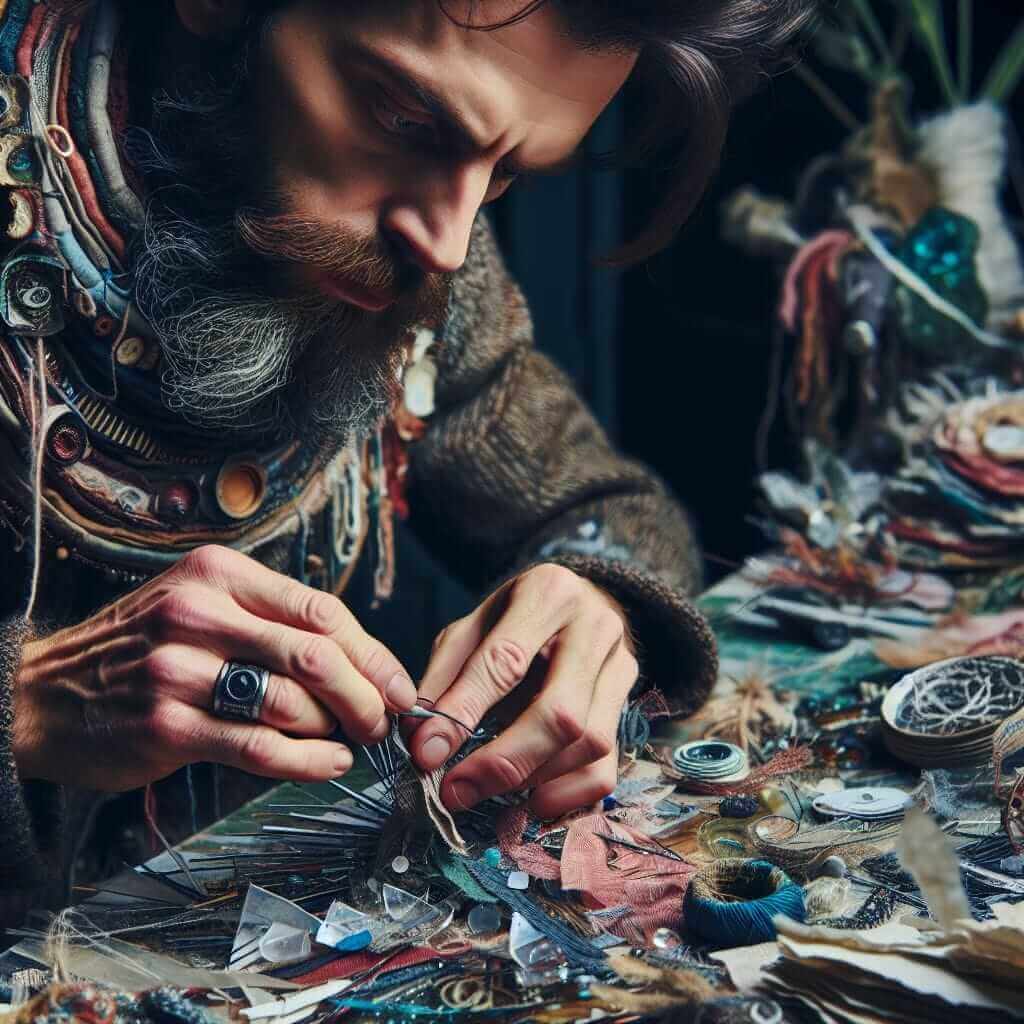The IELTS Speaking Test is a one-on-one, face-to-face interaction with an examiner. It lasts about 11-14 minutes and consists of three parts: Part 1 (Introduction and Interview), Part 2 (Long Turn), and Part 3 (Two-way Discussion). Examiners will evaluate you on fluency and coherence, lexical resource, grammatical range and accuracy, and pronunciation.
“Describe a person who is creative” is a common and interesting cue card topic that requires you to talk about someone who is imaginative and resourceful. In this article, we’ll explore typical questions, model answers, and useful vocabulary that can help you perform well in this part of the test.
Part 1: Introduction and Interview
Common Questions
- Do you enjoy creative activities?
- Who is the most creative person you know?
- What kind of creative activities do you enjoy?
- Do you think creativity is important? Why?
- Can creativity be learned, or is it innate?
Sample Question and Answer
Q: Who is the most creative person you know?
A: I believe the most creative person I know is my friend John. He has a knack for turning even the simplest ideas into something extraordinary. From crafting innovative art projects to developing unique solutions to everyday problems, John continually showcases his creativity.

Part 2: Long Turn
Cue Card
“Describe a person who is creative.“
You should say:
- Who this person is
- How you know this person
- What kind of creativity this person has
- And explain why you think this person is creative
Model Answer
The person who stands out to me as incredibly creative is my colleague, Maria. I first met Maria two years ago at a work-related seminar. From our conversations, I learned that she is a painter and a digital designer.
Maria’s creativity is manifest in her ability to blend traditional and digital art forms. Her painting style is distinctive, often combining vibrant colors with intricate patterns, creating a visually captivating experience. She also excels in digital design, where she creates unique user interfaces that enhance user experience significantly.
What sets Maria apart is not just her artistic skills but her problem-solving creativity. For instance, when our team faced a major issue with our website’s usability, Maria came up with an intuitive redesign that solved the problem brilliantly. This not only showcased her technical prowess but also her ability to think outside the box.
In my opinion, Maria embodies the essence of creativity because she continuously pushes the boundaries of what can be done, whether in art or in technology.
Follow-up Questions
-
What is the role of creativity in the workplace?
- Answer: Creativity in the workplace plays a crucial role in fostering innovation. It helps in finding unique solutions to problems, improving processes, and enhancing products or services. Creative employees can significantly contribute to the competitive advantage of a company.
-
How can someone develop their creativity?
- Answer: Developing creativity can be achieved through various means such as engaging in different forms of art, solving puzzles, reading extensively, and maintaining an open mind. Encouraging a culture of curiosity and continuous learning can also stimulate creativity.
Part 3: Two-way Discussion
Examiner Questions
-
Why do you think creativity is important in education?
- Answer: Creativity in education enhances critical thinking and problem-solving skills. It encourages students to explore multiple perspectives and engage deeper with the subject matter, leading to a more well-rounded educational experience.
-
How has technology influenced creativity?
- Answer: Technology has both broadened and deepened the scope of creativity. Tools like digital design software and social media platforms allow for greater expression and sharing of creative works. Additionally, technology enables collaboration across different geographical locations, inspiring innovative ideas and projects.
-
Can creativity lead to success? If so, how?
- Answer: Absolutely, creativity can lead to success by setting individuals and companies apart. Creative thinking promotes innovation, which can result in unique products, services, or solutions that meet market needs better than competitors’. This distinctiveness often translates into success in terms of reputation and profitability.
Useful Vocabulary and Phrases
- Innovative: /ˈɪnəˌveɪtɪv/ – featuring new methods or ideas
- Resourceful: /rɪˈsɔrsfəl/ – able to handle situations effectively
- Imaginative: /ɪˈmædʒɪnətɪv/ – having a good imagination
- Pioneering: /ˌpaɪəˈnɪərɪŋ/ – involving new ideas or methods
- Artistic flair: a natural talent for creative activities
Examples:
- John is known for his innovative approach to problem-solving.
- She is very resourceful and can tackle any challenging situation.
- Her imaginative designs always stand out in the exhibitions.
- Their pioneering work in renewable energy has garnered much attention.
- He has an artistic flair that is evident in his unique sculptures.
Conclusion: Tips for Practicing
To achieve a high score in the IELTS Speaking Test, practice regularly and seek feedback from knowledgeable sources. Focus on expanding your vocabulary and using different grammatical structures. Listen to native English speakers and try to replicate their pronunciation and intonation. Finally, practice answering sample questions and timing yourself to ensure you can effectively manage the speaking time.
For more exercises related to speaking topics, consider exploring articles such as Describe a Person Who is Very Disciplined or Describe a Time When You Solved a Problem Creatively.
Remember that confidence and clarity in your speech are key factors that examiners look for. Always present your ideas clearly and back them up with examples. Good luck with your preparation!